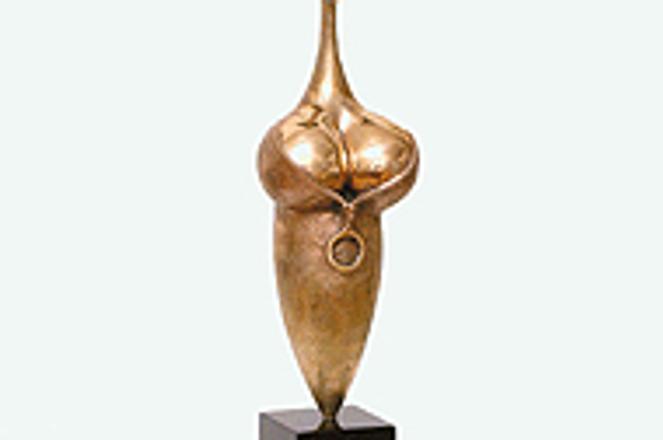THE LUIGI Pigorini National Museum of Prehistory and Ethnography in Rome plans to join the archaeological findings in Slovakia: The Crossroads of European Civilization with the art show PRAE - ARS: Prehistoric Roots in Central European Contemporary Art.
The archaeological exhibition captures the evolution of Slovak territory from human's first presence to the developed society of the late Iron Age, which is linked to the settlement of first Celtic tribes. Organised with financial support from the Slovak Foreign Affairs and Culture Ministries, it aims to emphasise the interconnection of the local development with that of the important civilisation culture centres of prehistoric Europe.
Rome is the second venue after Florence to introduce these archaeological findings, now also uniquely joined with the contemporary works of art inspired by prehistoric artistry.
Mária Horváthová from the Society of Slovak Artists put together a collection of 13 Slovak sculptors who mused over Venuses, hunters and symbols - the basic themes in the world of prehistoric civilization. The works of such artists as Rasťo Trizma, Ondrej Zimka Jr. (in the picture), Vladimír Kompánek, Milan Lukáč, Oto Bachorík and the Rudavský family trio reveal how influential these themes have remained.
The national museum that houses the joint exhibition project was founded in 1876 by Parma palaeontologist Luigi Pigorini in the Palace of Roman Collegium. The museum moved a century later to the current marble buildings in the modern Roman EUR quarter, which was named after the Esposizione Universale di Roma, the world exhibition planned but never fully realised by Mussolini.
- ZH


